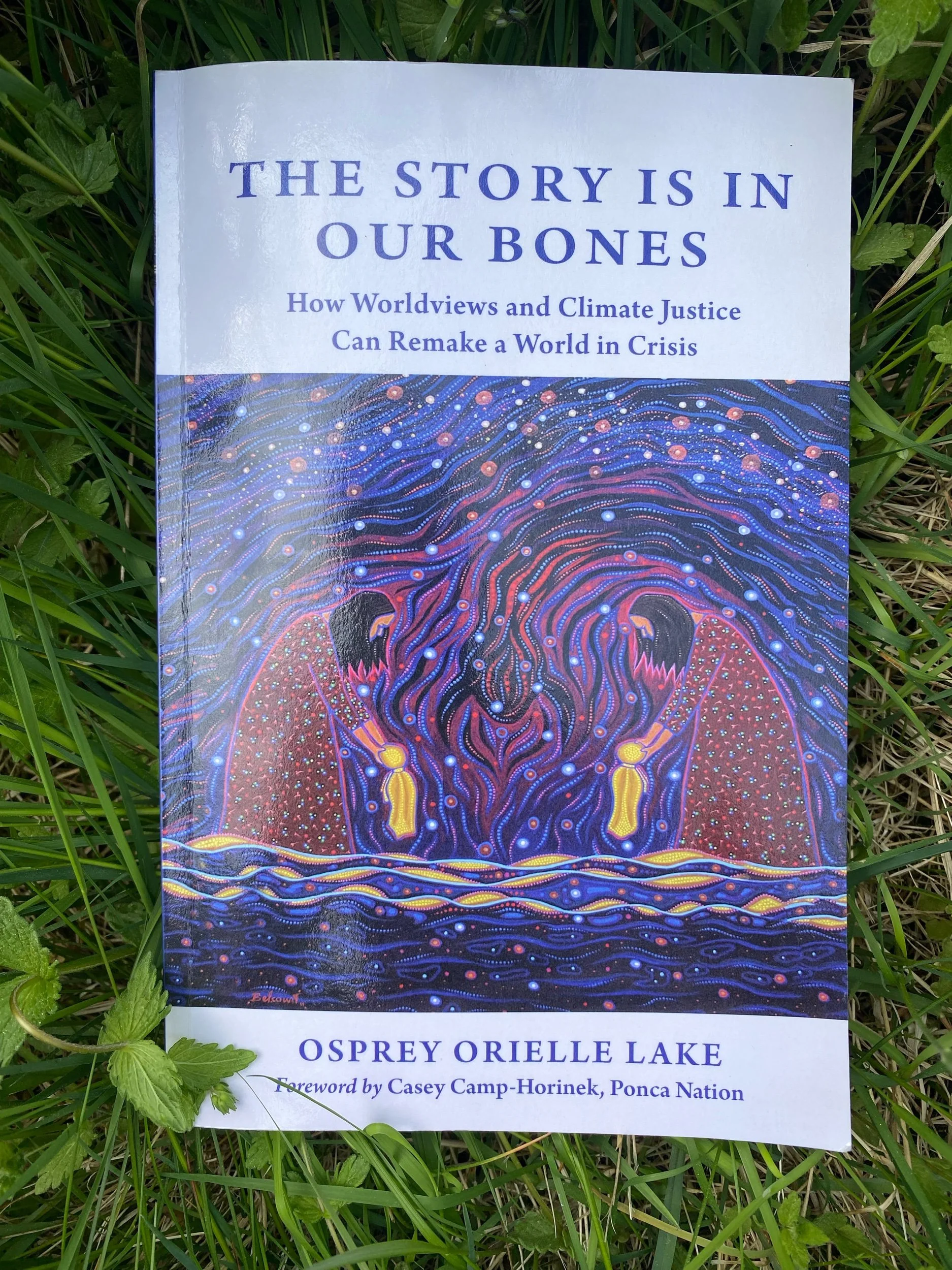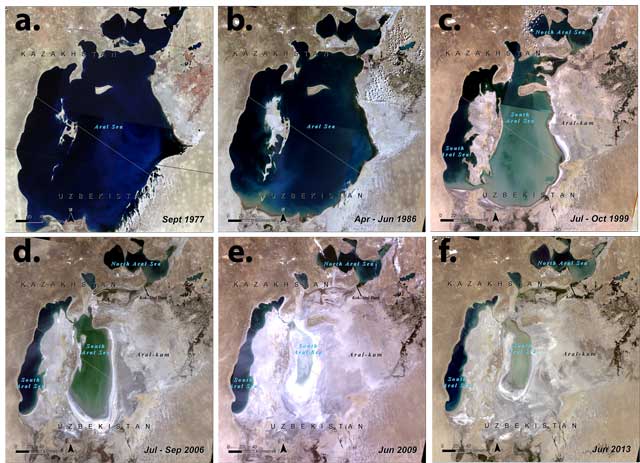The year of Shop Stop came to an end. It's exactly a year ago today that I outlined what would be the premises of my Shop Stop 2017. I just reread it, and I can now answer some of my predictions:
Was the hardest part being tempted all the time? No, in fact that part came very easy. I knew I had clothes for the different seasons, and it was also such a burden being lifted not having to follow the constant white noice of commercials, because I had my auto reply "Sorry, not this year". I did however come up with these guidelines midway in the project in order to limit the time you are putting yourself at risk of being affected by commercials.
Did I want to just stroll along in clothing stores out of boredom? No, not the least bit! This part was really liberating as well, because same reply as above. I do think I have spent more time in nature, I have for sure freed up a lot of time that I know I would have spent otherwise.
What about presents? There were no soft presents this year! Most people knew the project I had undertaken, and even though it was questioned, it was at least respected that this was my wish.
Did I learn to knit after a pattern? No, I haven't knitted at all, haha. It hasn't been a need or desire in my life the past year.
However, did I repair a lot of clothing this year? I sure did! That is the thing about not buying any clothing for a year - things break. Specially trousers. In the end, I had 3 out of 4 trousers that were torn, so I've had my repair kit out quite a lot. The same goes for the majority of my clothes, but that is also one of the many great reasons why we should repair our clothes! I had a lot of repair jobs around November, when I wrote this on why we should always repair.
Did I get any insights to what I actually need? Yes, and this was quite interesting. By tracking what I thought I needed over all the different seasons, without buying anything new, I could really feel the change between just wanting something and actually needing it. When the project was finished for example, I actually needed new trousers. Knowing this difference in once life is actually one of the better outcomes I gained from the project.
Were there any downsides to it? At one point in the spring, I did become quite bored of using the same two skirts, before I had access to the clothes I would use over summer. This however, was not a major thing. The greater concern was rather would I be able to sew through quite thick denim. It turns out, that is very doable. Its just a matter of really needing it.
How did I end the year to celebrate? This might sound contradictory, but I actually gathered almost two full black trash bags with old clothes and gave them away at the start of the new year. It was clothes that I had been holding on to for way too long, and as always it felt really liberating to pass them on to someone who needs them more than me.
Me being quite happy to give away clothes to a charity.
What can others gain from my experiences? If more people question the choices if they should buy something, in stead of just first buying and then thinking, it can have an enormous impact.
Will I continue to boycott the clothing industry? In fact, I will not. This is not because I suddenly think it is super great how the employees in factories are treated, but because I learnt from a seminar I attended in May (organised by "The future in our hands" - the organisation that helped make the "Sweatshop" series) that the factory workers actually does not want us to boycott their industry. When I first heard this, I felt that this project was counterproductive, but then I did want to have a years "gap" where I could properly read myself up and understand the situation better, and by not contributing felt like the right way to follow that path. However, as I wrote above, clothes fall apart, and sometimes actually beyond repair. This doesn't mean that I won't think twice about where I do get my clothes from. In November, it became public that H&M in fact burn sever amounts of the clothes they can't sell. This really makes you question their "ethical commitment". Luckily there are several other options on how to buy more ethically, and I will follow up with a new blog post on this in the time to come.
It has been an interesting and fun year in many regards, and a lot of people has asked me about it, which I think is a super positive outcome. If anyone else feel inspired to do it for a month, six months or a full year, I can actually recommend it for the peace of mind if offers.






